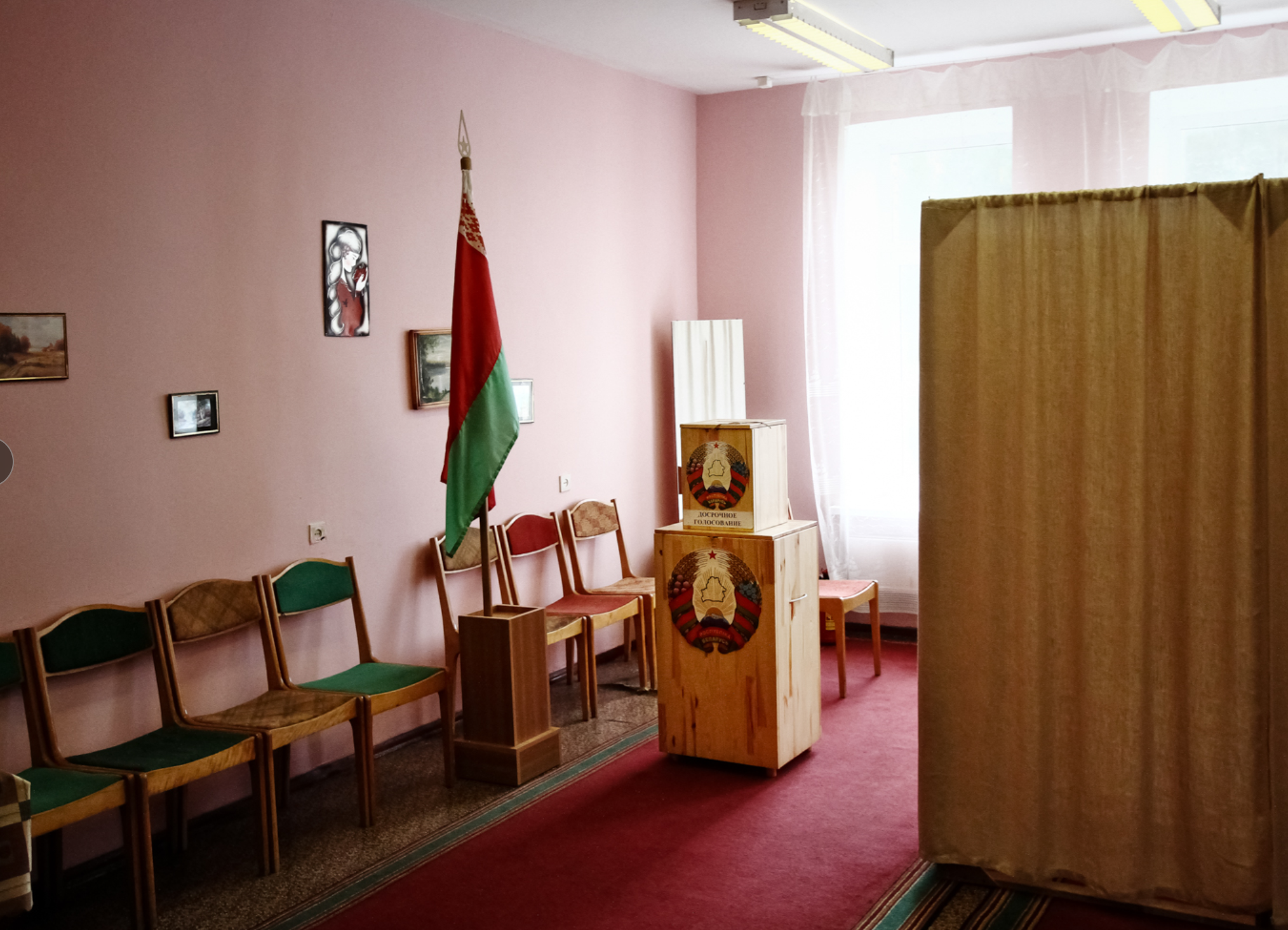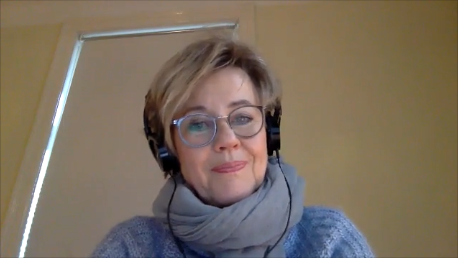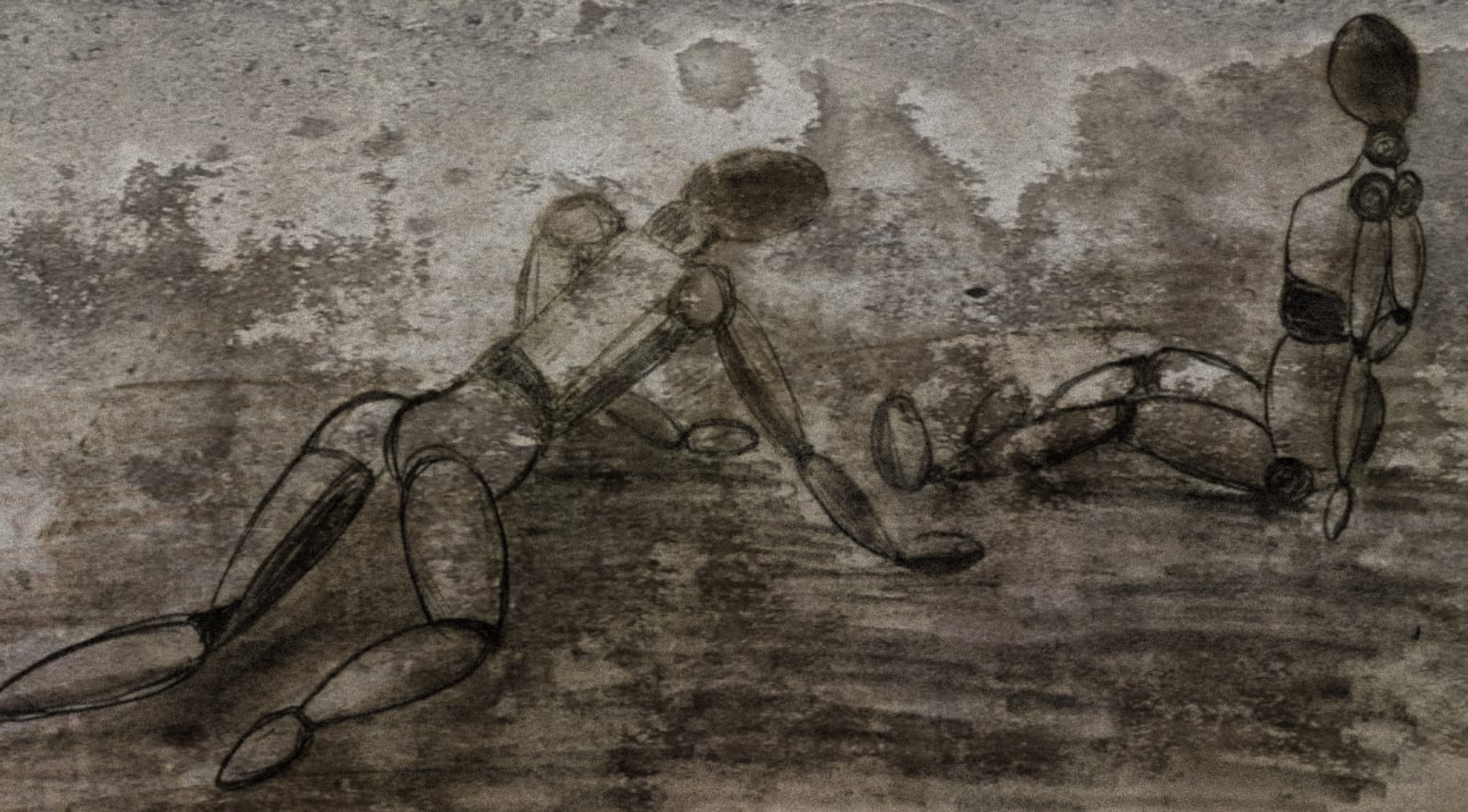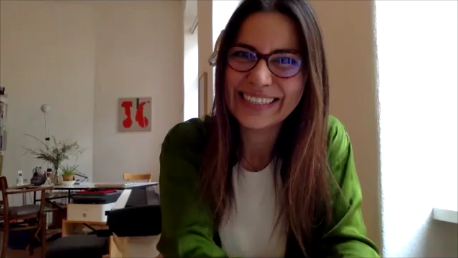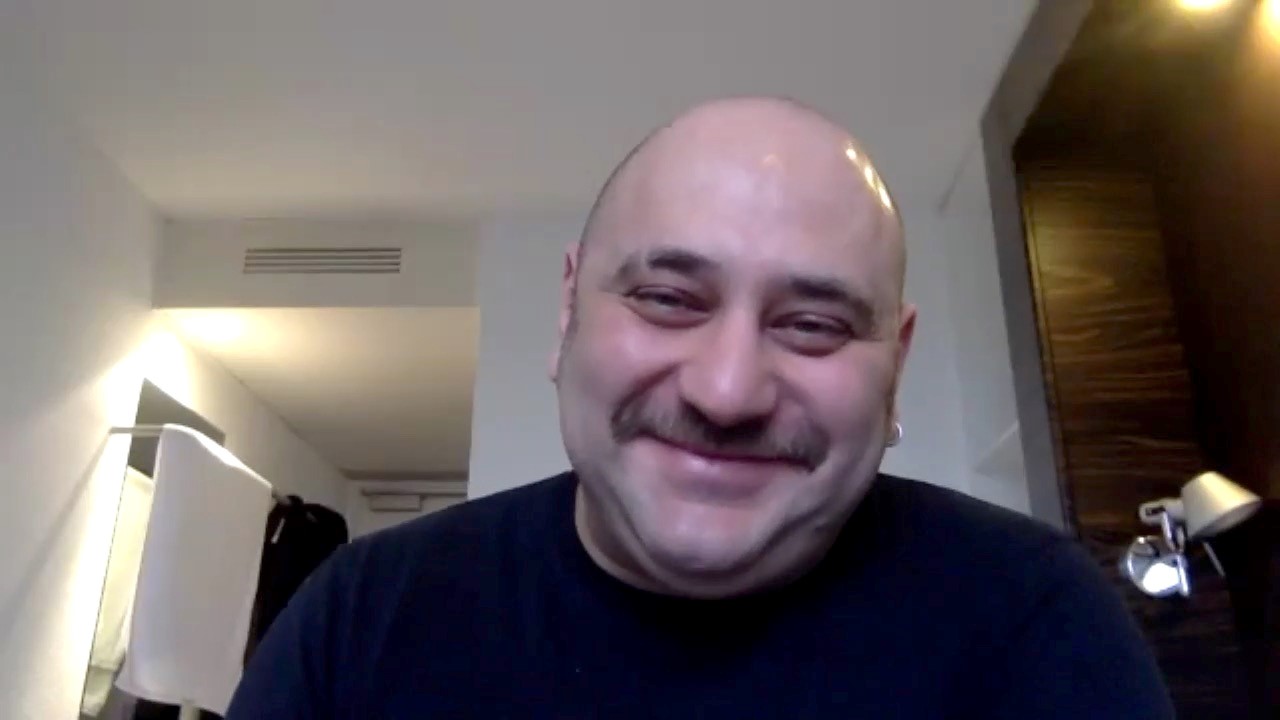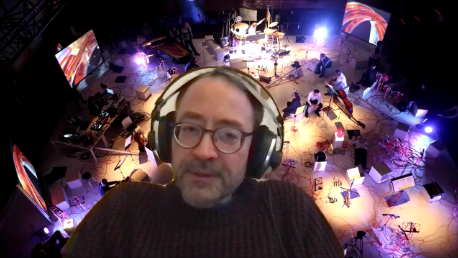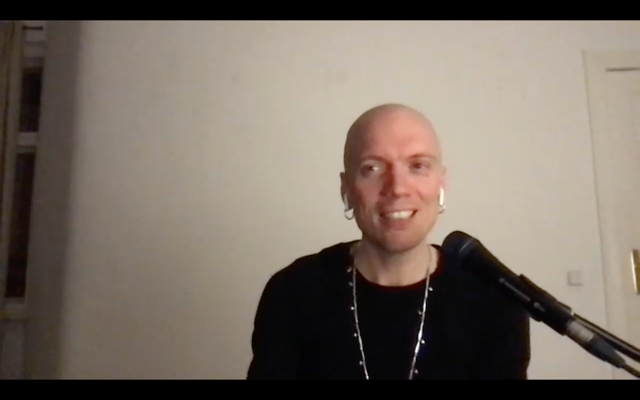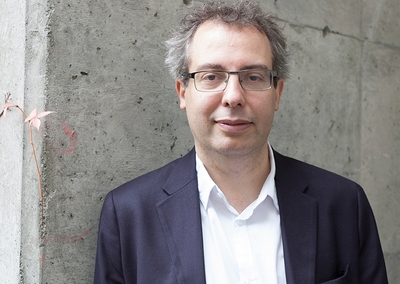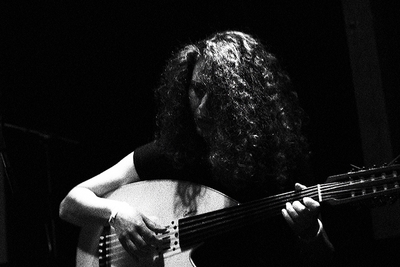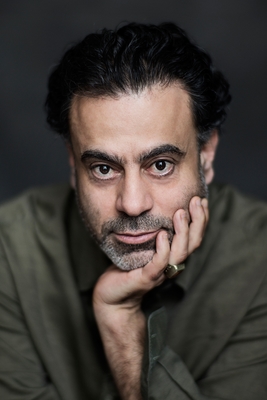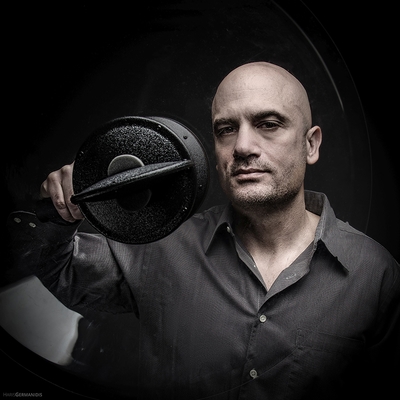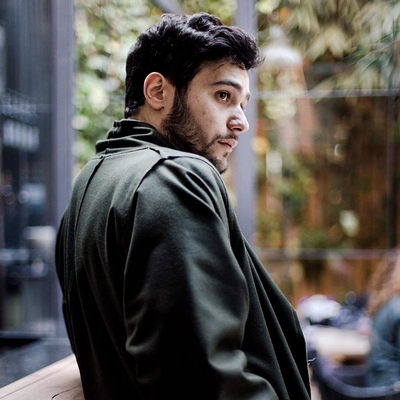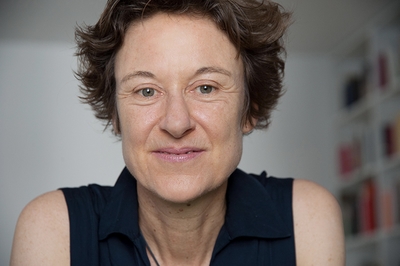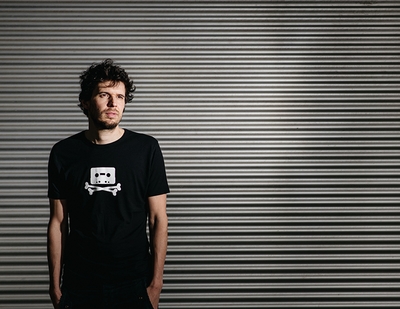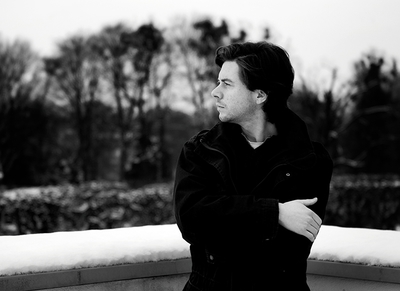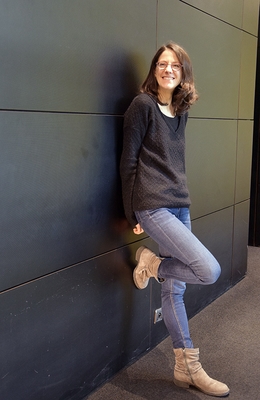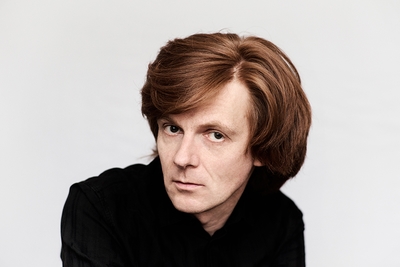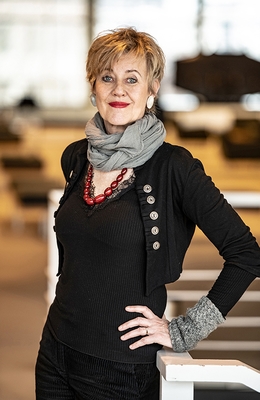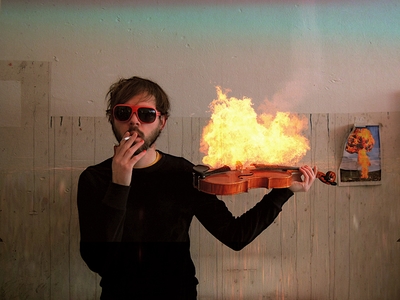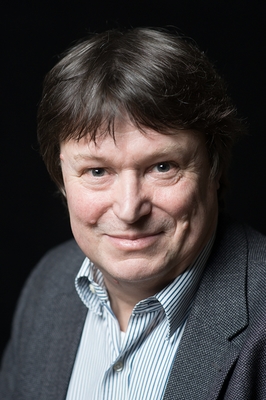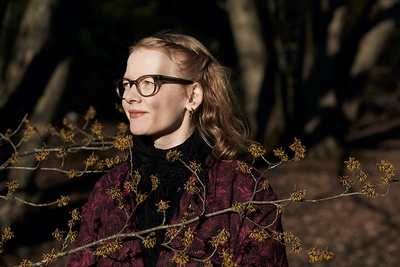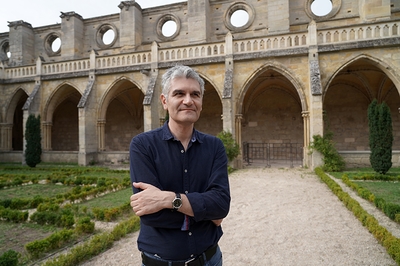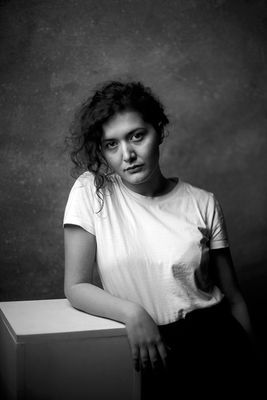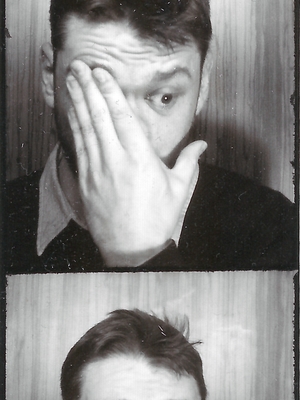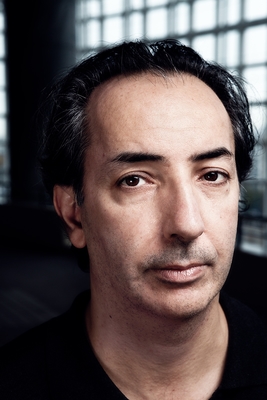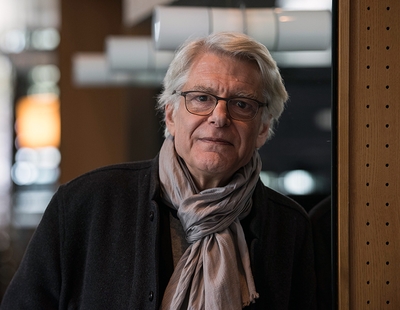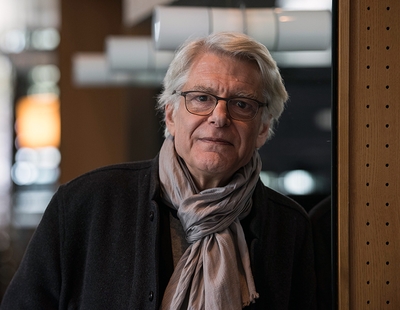Deutsch
Die Bedeutung der Vokalwerke von Luigi Nono (1924-1990) beruht nicht zuletzt auf ihrer Vermittlung zwischen politischem Engagement und avantgardistischer Musik. In seinen „Canti di vita e d'amore“ wendet sich der Komponist drei verschiedenen Situationen des Zeitgeschehens zu. In dem zweiten Teil „Djamila Boupachà“ beschäftigt er sich mit der algerischen Widerstandsbewegung gegen die französische Besatzung. Er vertont darin das Gedicht „Esta noche" von Jesus Lopez Pacheco auf das algerische Mädchen Djamila Boupachà, die von den französischen Paras brutal gefoltert [wird] (sic!) und deren Prozeß weltweites Aufsehen erregte. Djamila Boupachà wurde für viele zur Symbolfigur des algerischen Unabhängigkeitswillens oder, wie Nono es ausdrückt, „Symbol für uns alle eines Lebens der Liebe, der Freiheit, gegen jegliche neue Form der Unterdrückung und der neonazistischen Tortur". Der unbegleitete Gesang für Sopran ist geprägt durch die Wechselwirkungen einerseits zwischen Intervallstrukturen und Klangbereichen und andererseits zwischen Tempo und menschlichem Ausdruck. Aus dem chromatischen Tongefüge ragen pentatonische, zumeist diatonische Intonationen heraus, die als Metaphern für die kindhafte Unschuld der Djamila gedeutet werden können.
(Susanne Cramer: Programmheft Festival Europäische Kirchenmusik in Schwäbisch Gmünd, 1997, S.13)
English
The significance of the vocal works of Luigi Nono (1924-1990) is based not least on their mediation between political commitment and avant-garde music. In his "Canti di vita e d'amore", the composer turns to three different situations of contemporary events. In the second part, “Djamila Boupachà”, he deals with the Algerian resistance movement against the French occupation. In it, he sets to music the poem "Esta noche" by Jesus Lopez Pacheco about the Algerian girl Djamila Boupachà, who was brutally tortured by the French paras and whose trial caused a worldwide sensation. Djamila Boupachà became for many a symbolic figure of the Algerian will for independence or, as Nono puts it, "a symbol for all of us of a life of love, of freedom, against any new form of oppression and neo-Nazi torture". The unaccompanied singing for soprano is characterised by the interactions on the one hand between interval structures and sound ranges and on the other between tempo and human expression. Out of the chromatic tone structure, pentatonic, mostly diatonic intonations stand out, which can be interpreted as metaphors for Djamila's childlike innocence.
(Cramer 1997, translated by MdJ)


